Users Who Spiked
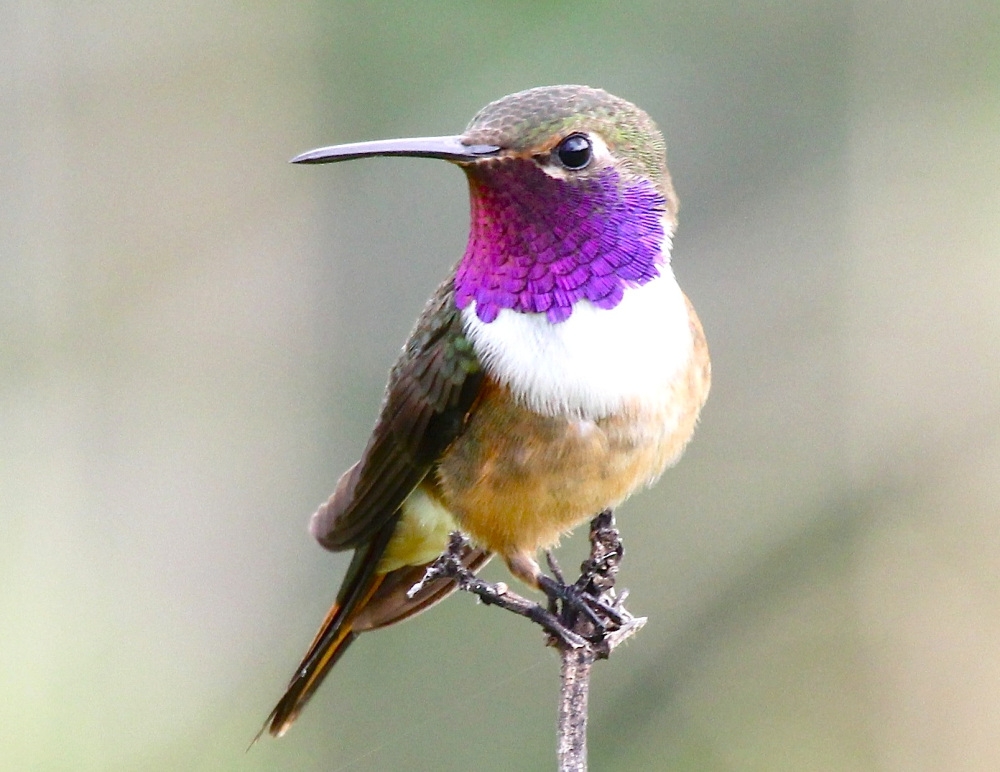
10 NEW SPECIES DISCOVERED IN THE LAST 5 YEARS
Private Notes
Private Notes
Notes
When it comes to our planet, there is doubt, uncertainty, and tons of anxiety. Many have taken responsibility by wasting less and try to make changes in their own lifestyles as an effort to conserve the planet. News cycles focus on species whose homes are being invaded and need protection or on species that have lost the battle altogether. The facts can be devastating. The environment is changing and society is changing. While the planet still needs protection, researchers and explorers are proving that some species are managing and making their introductions. These are newly discovered or thought to be extinct species that give hope. The environment is still growing, evolving and providing for all its inhabitants.
Talamancun Palm Pit-Viper
This venomous beauty has been slithering around Costa Rica, living its best life for over 100 years. Explorers, professors, and researchers had this snake confused with another species of snake. The gorgeous green and black coloration of its skin are almost identical to the Black Speckled Palm Pit-Viper. These two look the same to an untrained eye but happen to differ genetically, making them two completely different species.
A team discovered inconsistencies in the two snakes in the early 2000s but because the snake is a rare species, comparisons were difficult to make. Over the next 15 years, teams from all over the country worked together compiling data from natural history museums comparing morphology and DNA. The research concluded that the tissue samples didn't match any other species of snake in Central America. The Talamancun Palm Pit- Viper finally earned a name of its own.
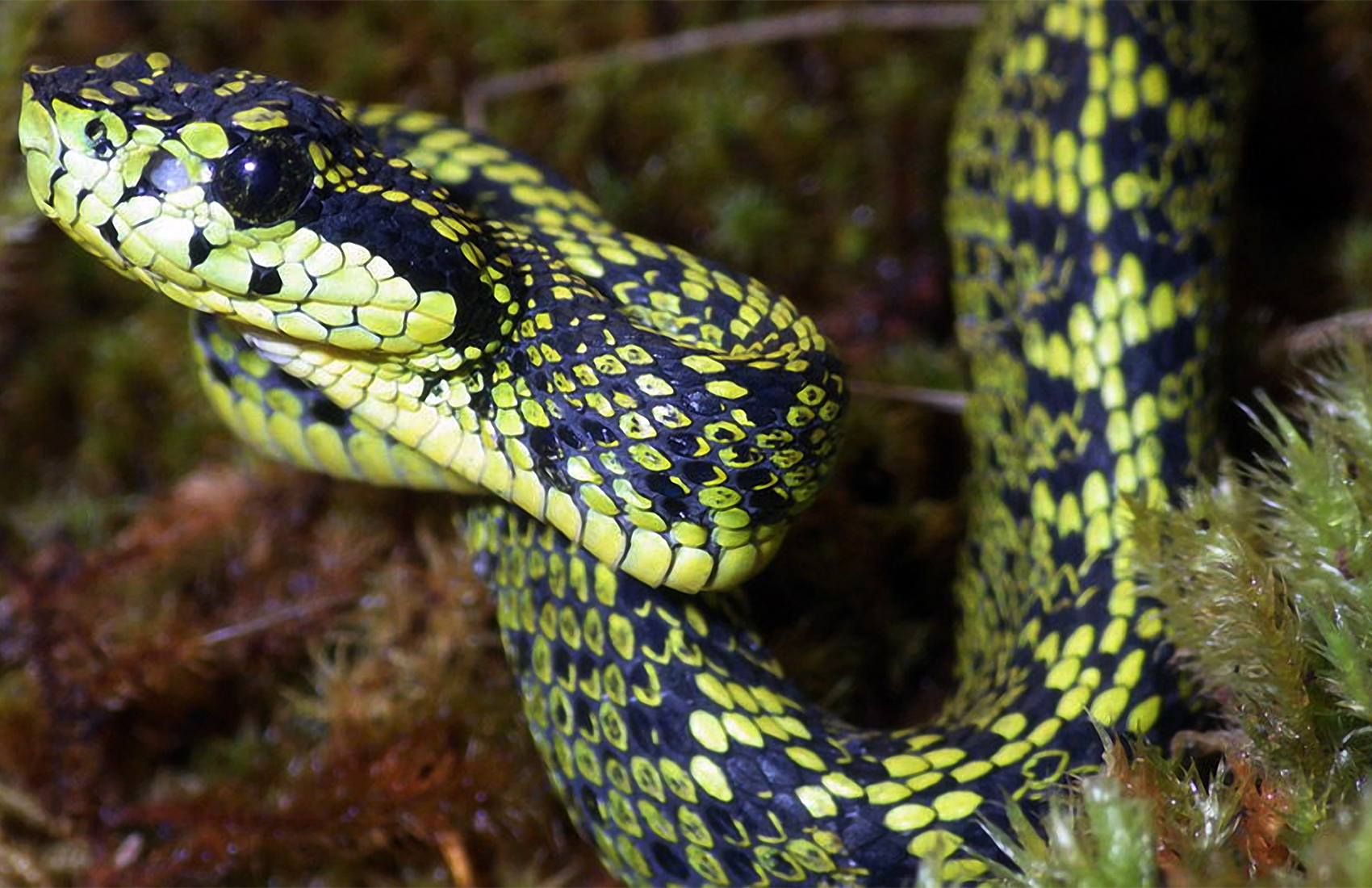
source :Tico Times
Starry Dwarf Frog
The Starry Dwarf Frog was discovered in Southwest India on the forest floor of a tropical rainforest. The team recorded dozens of species during their trek, but had no idea this little one was the "sole known species of a lineage dating back 57 million years ago."
With perfect camouflage, the frog is brown with almost reflective spots that shine in a pale blue. The eyes are glittering orange and gold. The Starry Dwarf hides successfully among the wet leaves and dirt.
Further research is needed because the team is suggesting the Starry Dwarf may represent an entirely new family of frogs. The Starry Dwarf can no longer hide from the camera, all eyes will be on this little one and its impressive genes.
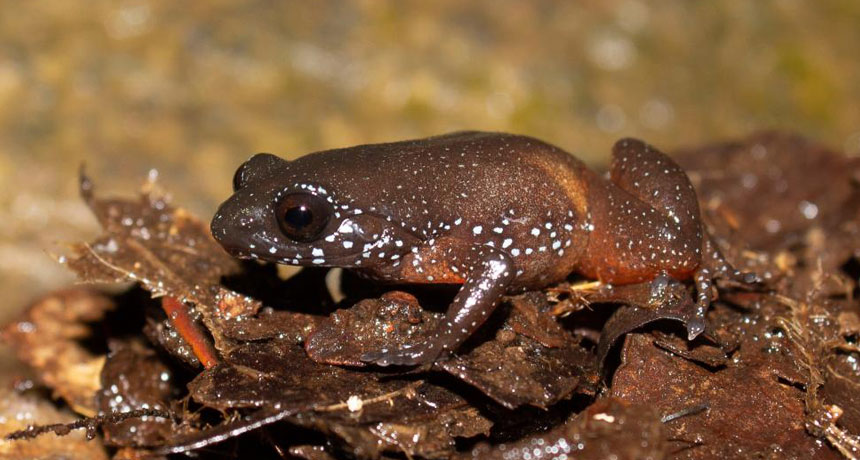
Source: Science News
Bahama Woodstar Hummingbird
The past is a bit convoluted when it comes to the Bahama Woodstar because it is comprised of two sub-species. One sub-species is found in the Bahamas, primarily in the northern islands; Calliphlox Evelynae Evelynae. The other sub-species found in the southern Bahama Archipelago islands; Calliphlox Evelynae Lyrura. The two sub-species were originally separate. In 1945 they became classified as sub-species, and now the argument continues. The set of species are still battling for their individual titles. The birds share certain characteristics, but the differences arguably outweigh their similarities.
The Lyrura's tail has a different shape compared to the Evelynae's and therefore produces a different sound. The birds have different scolding calls and songs. Classification cannot be judged purely on appearances. Research claims that the Lyrura is a full species and not a sub-species. Further action is being taken in the form of a petition with the American Ornithologists Union to make things official.

Source: DiBird.com
Sea Squirts
Not one or two… but FIVE ascidians have been discovered. Ascidians more commonly and more amusingly named Sea Squirts. These underwater marvels are peculiar. Brightly colored marine invertebrates permanently park themselves on rocks, boats, and shells. They actually don't swim or move but are alive just as any other organism in the vast sea. They are called sea squirts because they will squirt water if removed from their beloved surface spot.
There are more than 3,000 known species of ascidians around the world. These funny little squirts produce chemical substances to ward off predators. Research has shown that the exotic molecules obtained from sea quirts can be used to combat cancer. Although trials have been previously aborted, the research continues to learn more about ascidians. The exploration in Brazil remains, as researchers suggest there will be many more discoveries made because much of the coast is unexplored.
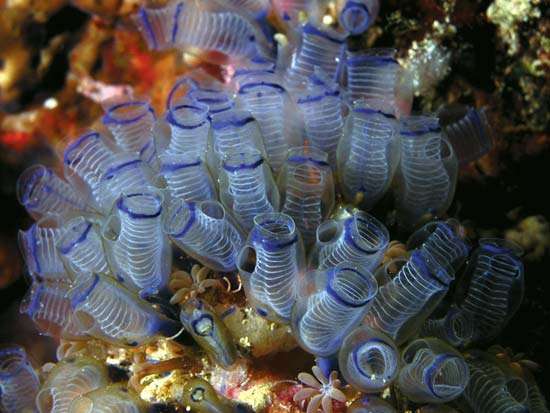
Source: Brittanica
Pheidole Drogan
Yes Drogan, as in Drogan, Daenerys Targaryen's dragon. Also, no this isn't a dragon, but it certainly shares a likeness. This exciting new species of ant was discovered in Papua New Guinea. The ant received its familiar name because of its sharp and spiny ridges on its back. The spines were originally thought to be a form of defense against predators but research has shown that some of the spines are attached to muscles. The muscles to support their surprisingly large heads. These ants are no joke, and seriously strong.
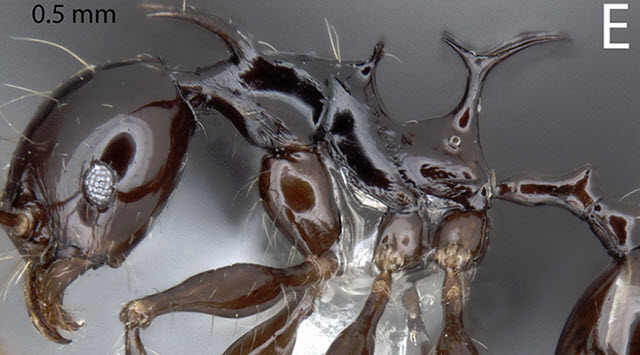
Source: Okinawa Institute of Science & Technology
Amphibious Centipede
This bug is what nightmares are made of. The first of its kind, the only known amphibious centipede. This terrifying creature is just as content under a rock in the forest as it is SWIMMING in the water. Discovered by an entomologist on his honeymoon completely by coincidence this creepy-crawly was unearthed in Thailand.
The bug was captured and researched to find it indeed is a new species. During a study, the centipede was placed in a container filled with water. The study confirmed the centipede could swim with the power and grace of a true olympian. Once out of the water the centipede appeared dry as if it never even happened. Like all centipedes, this one is carnivorous, venomous, and truly horrifying, but with the added ability to swim.
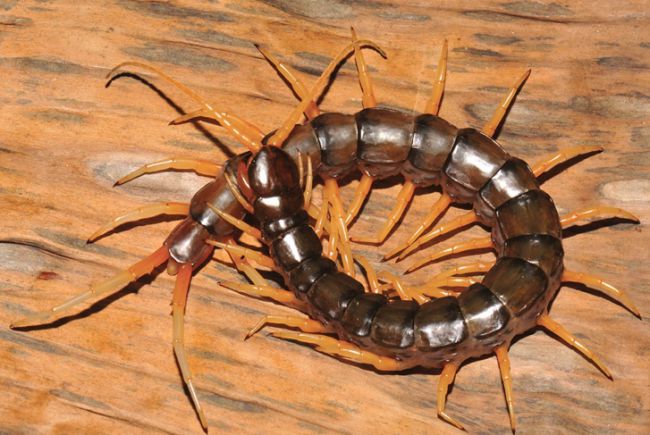
Source: ©Siriwut W. Zookeys
The Churro
No, that isn't a delicious churro sitting at the bottom of the ocean. Even though it looks like a crispy sweet treat, please don't eat this churro. This is the Xenoturbella Churro which is a newly discovered species of marine worm. The Churro is one of half a dozen new species in the genus and represents a group of primitive worm-like animals in its earliest branches of the family tree. The Churro is thought to feast on clams or other mollusks.
This species was one of four Xenoturbella discoveries and was given its sweet name because of it's fried dough complexion and the deep grooves on its body. It received a spot in the International Institute for Species Exploration's top 10 species discovered in 2016. The IISE posts a list each year in honor of Carolus Linnaeus; the father of modern taxonomy's birthday. To put this in perspective there were, approximately 18,000 species discovered the year prior. This isn't an average ordinary Churro.
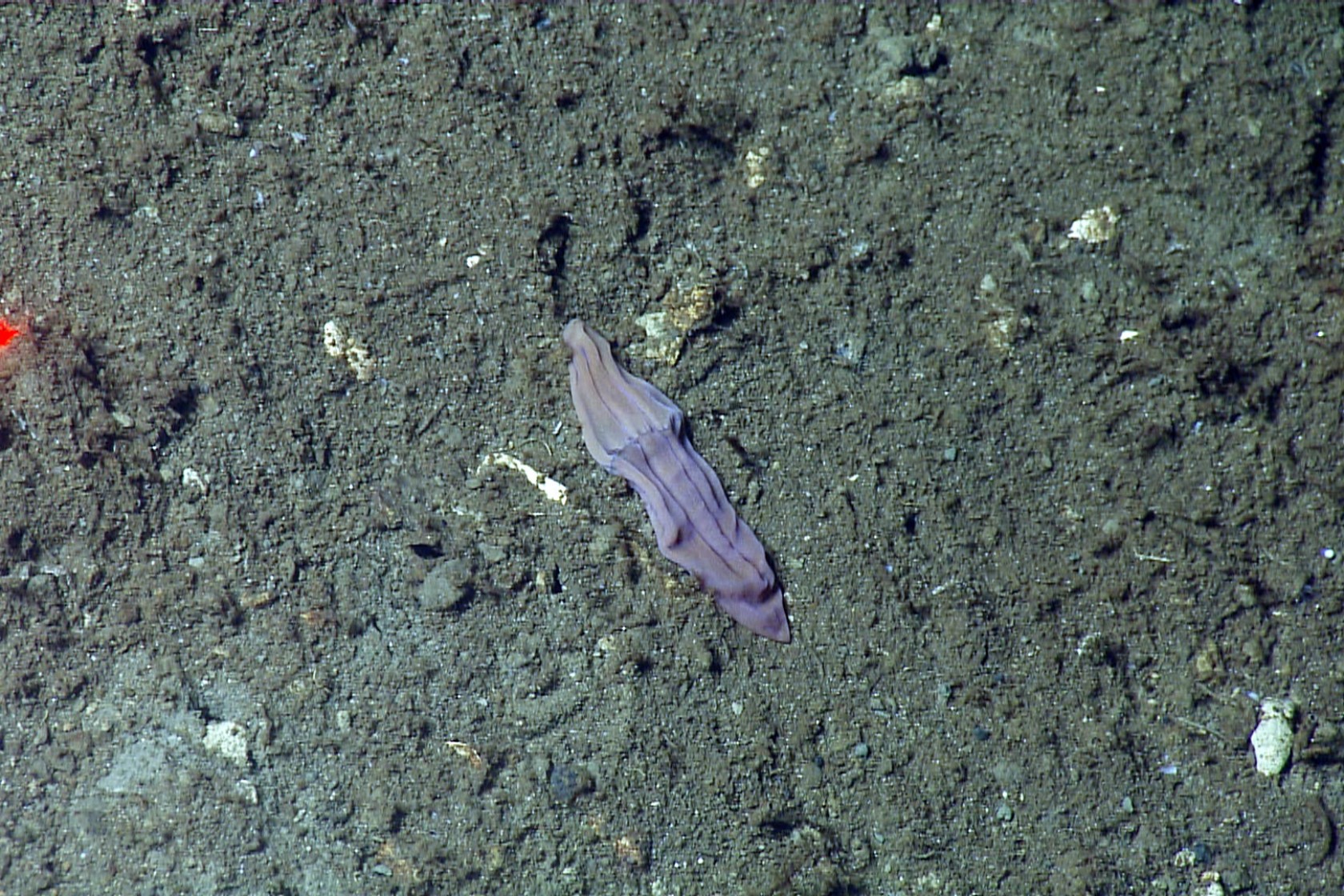
Source: Monterey Bay Aquarium Research Institute
Clistopyga Wasp
Many species have been discovered and unfortunately not many have been cute or cuddly. This one is no exception. Wasps are known for their bad behavior and short tempers. The Clistopyga Wasp otherwise known as Clistopyga Crassicaudata is well endowed in the dangerous department. Look at the size of that stinger.
The wasp was discovered in an area between the Andes Mountains and the lowlands of the Amazon. There is limited information available on the new species but researchers do know, wasps traditionally use their stingers to defend themselves with venom and lay eggs in their hosts. Researchers are applying for funding to conduct more studies to learn about their behavior and habits. Scientists are eager to discover what spiders the wasp prefers, and perhaps why any wasp needs a stinger that size.
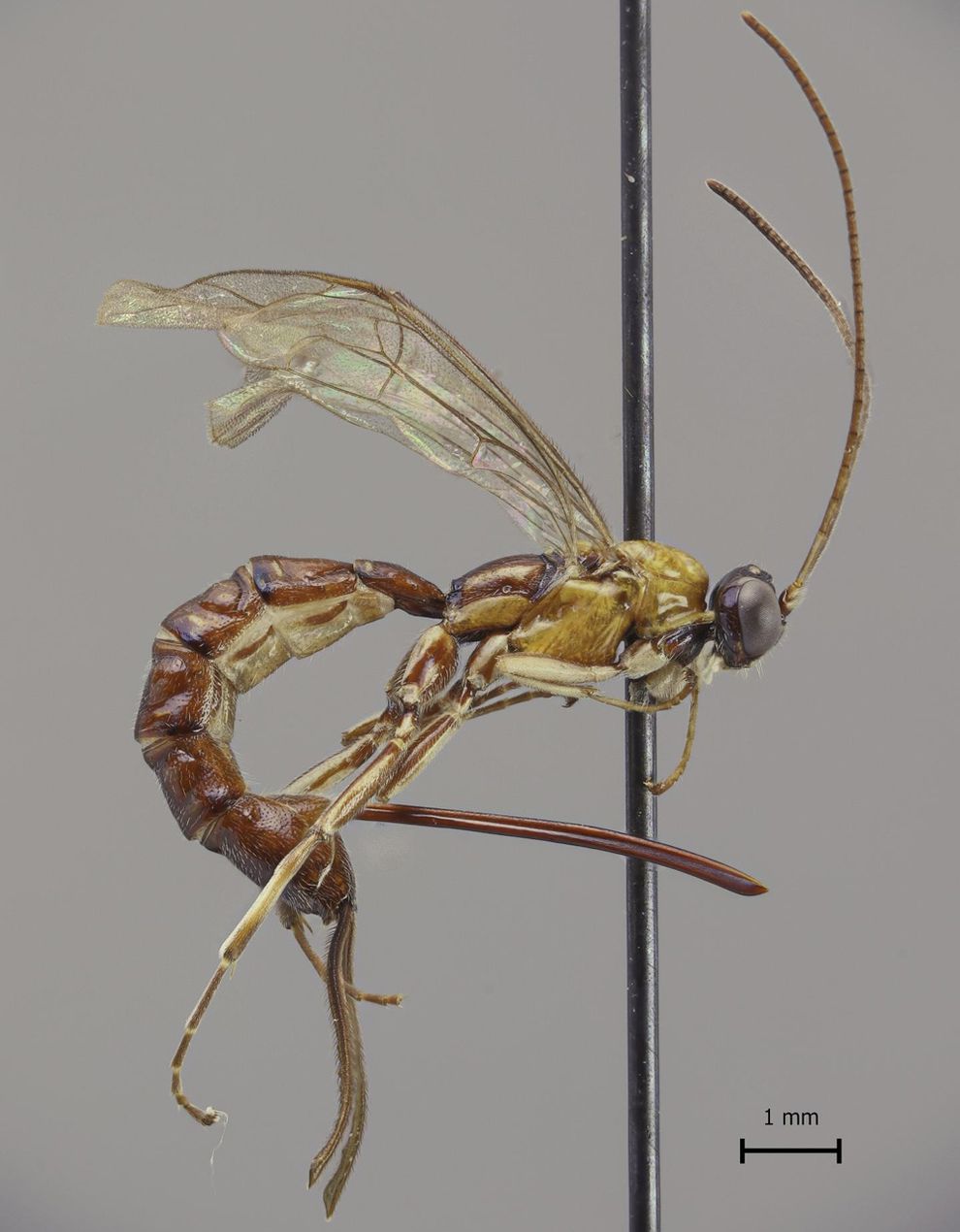
Source: Kari Kaunisto Mother Nature Network
The Rariphotic Reef
The fact that the Great Barrier Reef is dying has become common knowledge for most. The environment is struggling to defend itself against pollution in our water and air. Change is happening slowly, and in the meantime, ecosystems are decaying. What researchers and scientists have recently discovered is a "Twilight Zone" filled with undiscovered organisms. The ocean can be divided into layers, the top layer receiving the most sunlight. The next layer is the Mesophotic Zone. This layer receives medium amounts of sunlight, close to 500 ft. below the surface. This layer is perfect weather for coral reef fish, or so we thought. The newly classified Rariphotic Zone is right below the Mesophotic and is home to unknown fish. The reef itself is an abundant ecosystem and is thought to be serving as a refuge for shallow-water species.
Since its discovery in 2018, researchers have identified 4,500 fish, representing 75 different species, and one of every five is a new species entirely. The Rariphotic Reef is serving as the missing link and causing scientists to reevaluate past studies. This new discovery is proving that there is a great need to explore the oceans further beyond past research.
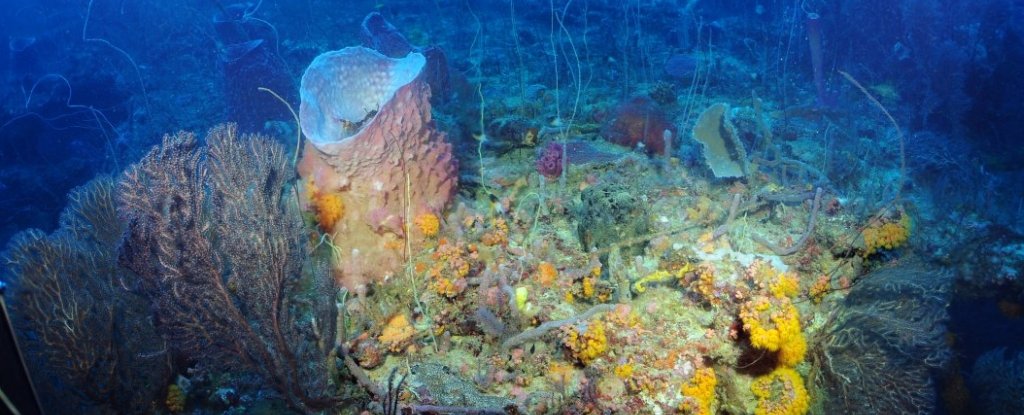
Source: Science Alert
Wallace's Giant Bee
With the bee population plummeting worldwide, the concern is growing among researchers and scientists. There have been calls for action because the bees need help. Then like an awkward science fiction movie made for television; the biggest bee in the world buzzes into view. The bee is named after Alfred Russel Wallace, the co-discoverer alongside Charles Darwin in the Theory of Evolution. Wallace discovered the bee while exploring in Bacan, in 1859. The bee lived on and remained unseen or documented until 1981! Some research was recorded on behavior, however many teams tried to continue the study and were unsuccessful. The bee was assumed to be extinct. Just another dead bee on the growing list of species lost, until now.
The giant bee has been rediscovered. The bee is roughly 2.5 inches in length and lives in an Indonesian rainforest. The bee requires the resin from trees to construct nests. Deforestation in this area is a proven threat to this bee's life. In the last 17 years, Indonesia has lost 15% of its tree cover. With the rediscovery of the species, researchers are working together to fight for the species and unite for a common goal. They aim to raise more awareness for bees everywhere. Be on the lookout for the documentary film, "In Search of the Giant Bee".
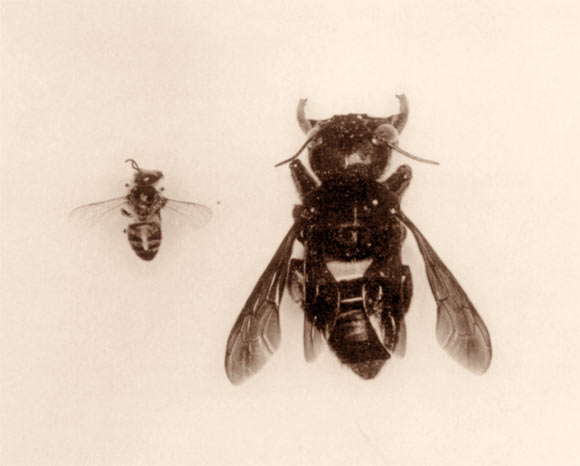
Source: J.W. Porter / A.C. Messer Science News
Text Sources:
www.sciencedaily.com/releases/2016/07/160718142202.htm
https://www.sciencenews.org/article/india-starry-dwarf-frog-species-no-close-relatives
www.sciencedaily.com/releases/2015/02/150212122348.htm
https://www.sciencedaily.com/releases/2015/03/150318084732.htm
www.sciencedaily.com/releases/2017/05/170519131813.htm
https://news.nationalgeographic.com/2016/06/amphibious-centipede-discovered-laos-scolopendra-cataracta-new-species/
https://scripps.ucsd.edu/news/churro-marine-worm-discovered-scripps-scientists-one-top-10-species-2017
https://www.mnn.com/earth-matters/animals/blogs/new-wasp-species-huge-stinger-amazonia
https://www.sciencealert.com/new-ocean-twilight-zone-deep-reef-rariphotic
https://www.nytimes.com/2019/02/21/science/giant-bee-wallace.html
https://www.sciencedaily.com/releases/2019/02/190222101336.htm
Title Photo Credit: Bruce Hallett





































